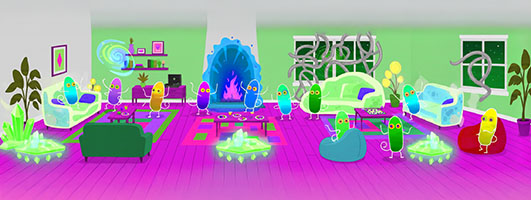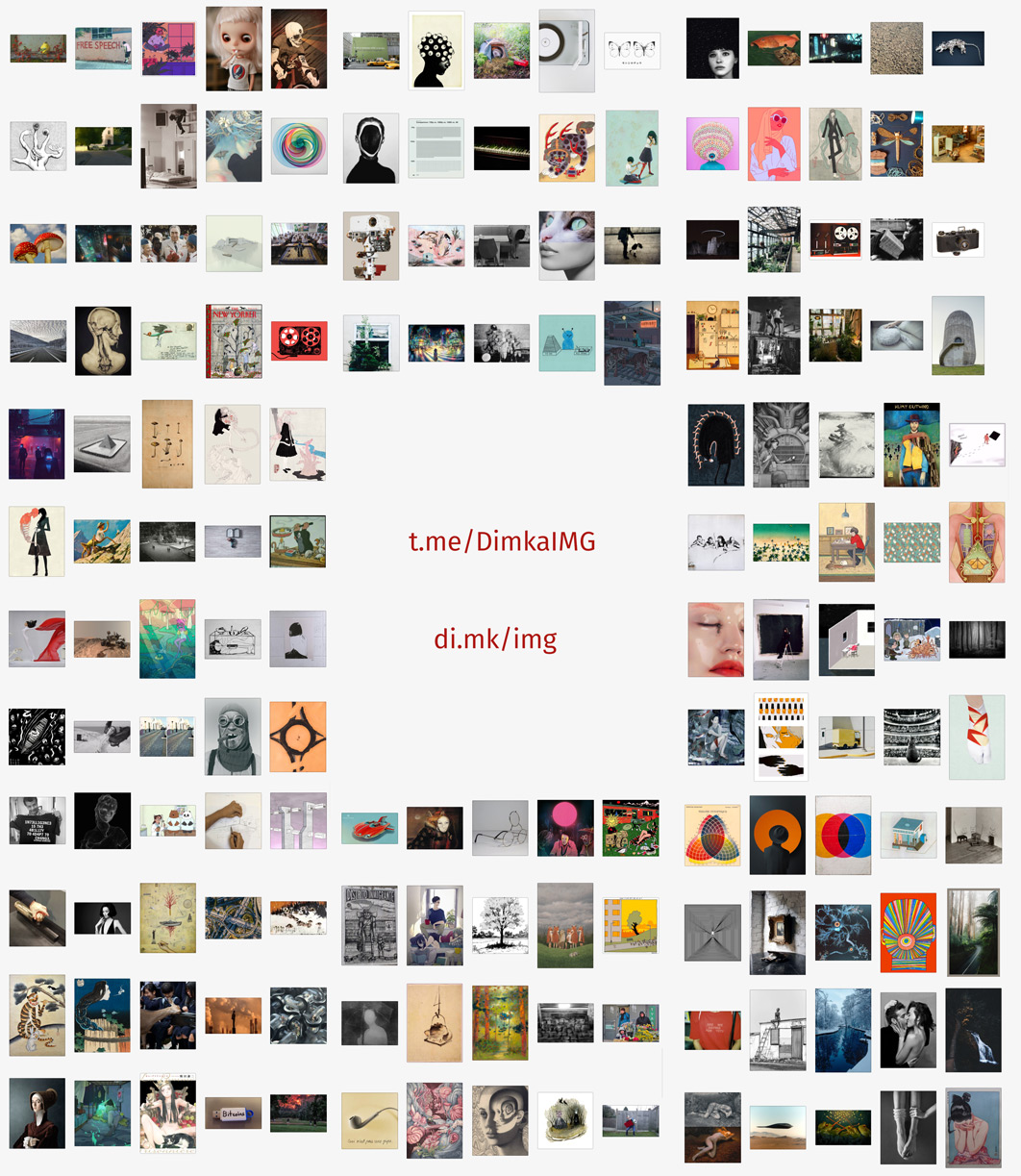Art Museums, Not Museums of Historical Artifacts
I once went to a Van Gogh exhibition in Moscow, but what they had on display weren't paintings but reproductions. Actually, this is a brilliant idea. Though that particular exhibition wasn't executed very well — the reproductions themselves weren't particularly high quality, and the presentation and setting were mediocre. I also went to a somewhat similar kind of exhibition at the Indianapolis Museum of Art, which had a much more appealing atmosphere and was really beautifully done, but there it felt more like a show than a museum. I envision of finding the right balance between these approaches.
Take Van Gogh, for instance - I'd love to see all his major paintings presented as excellent quality reproductions at their original size. Pieces you wouldn't be afraid to approach closely, wouldn't worry about even if someone takes a photo with a flash. There could be a separate room with interactive presentations and such. The paintings don't necessarily have to hang on walls - sometimes it's more convenient if they're positioned more horizontally. If a particular painting always draws big crowds and becomes hard to get close to when you want to examine it leisurely and unhurriedly, you could make two or three copies, hell, even twenty. The point is that this becomes a museum of art itself, rather than historical artifacts related to art.
Modern technology allows us to produce copies that are nearly indistinguishable from originals. Another interesting aspect is that authentic original paintings often deteriorate over time — they crack, fade, or darken - and it might be fascinating to see both how the painting looks now and how it appeared originally. Yet in contemporary museum practice and the art viewing world, there's excessive focus on the presence and authenticity of originals. This is certainly an interesting field in its own right, but first, it's more important for specialists specifically and closer to history, anthropology, High-Art-trading valuation, etc. than to art itself, and second and most importantly, it makes the entire system less accessible to people, more expensive, and increases the incentive to steal and resell all this stuff.
Right now, the internet fills the role of such museums I'm dreaming about. The internet is generally good too, and it's great that online museums exist, but we'd all be better off if paintings and other art objects weren't only on screens but could be contemplated in the real world.



